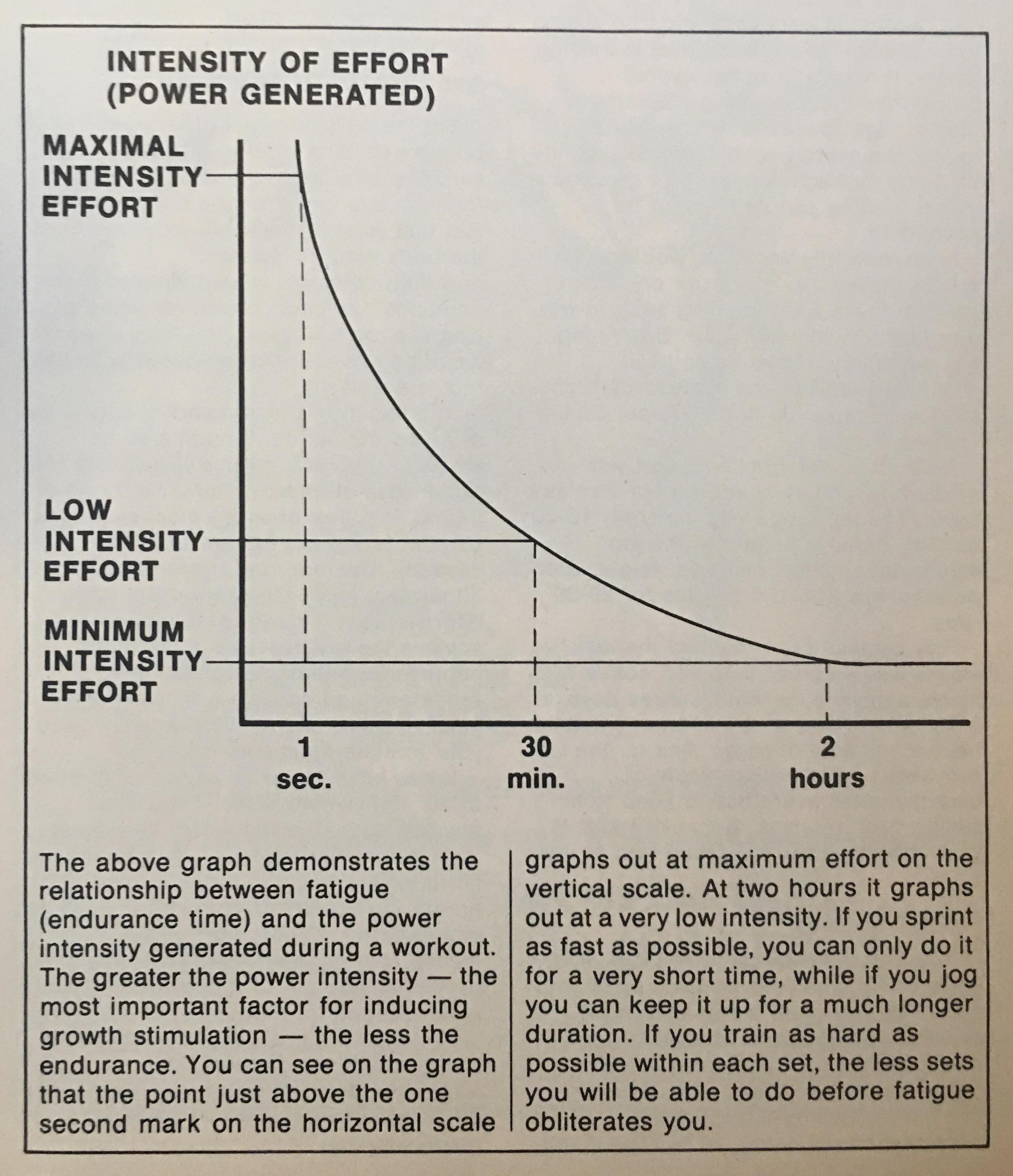Home | Articles | Book | Video | Training
Click Here to Sign Up for Your Free High Intensity Training Magazine Subscription
Mike Mentzer Intensity vs Duration: The Inverse Ratio Analysis
When it comes to exercise, two important factors constantly come into play: intensity and duration. These factors are often discussed interchangeably, resulting in various opinions and approaches to training. However, renowned bodybuilder Mike Mentzer introduced a unique concept that challenged the traditional beliefs surrounding intensity and duration. This concept, known as the inverse ratio of intensity vs. duration, suggests that intensity and duration are mutually exclusive in exercise. In this article, we will delve into the philosophy behind Mike Mentzer's approach, explore the inverse ratio of intensity vs. duration, and analyze its implications on optimizing workout routines.
Understanding Intensity and Duration
Before we delve into the inverse ratio concept, it is essential to grasp the meanings of intensity and duration in the context of exercise. Intensity refers to the level of effort or resistance applied during an exercise, while duration represents the length of time an exercise or workout routine is carried out.
Traditionally, many fitness enthusiasts believed that increasing the intensity and duration of exercise simultaneously would yield the best results. However, Mike Mentzer challenged this belief system, arguing that intensity and duration should be approached differently.
The Inverse Ratio of Intensity vs. Duration
Mentzer's inverse ratio concept suggests that the higher the intensity, the shorter the duration of a given exercise or workout routine should be. Conversely, when the intensity is reduced, the duration can be extended. This principle is based on the idea that the greater the intensity, the greater the stress placed on the body. Consequently, a shorter, more intense workout preserves energy and allows for optimal muscle growth and recovery.
Implementing the Inverse Ratio Concept
To better understand how to implement Mentzer's philosophy, let us examine two scenarios: high-intensity, short-duration workouts and low-intensity, long-duration workouts.
High-Intensity, Short-Duration Workouts
In this approach, the focus lies on challenging the muscles with maximal intensity for a brief period. This intensity could be achieved through techniques such as heavy weights, drop sets, supersets, etc. The goal is to push the muscles to their limit, stimulating muscular adaptation and growth.
The advantage of high-intensity, short-duration workouts is that they minimize time spent in the gym while maximizing results. With this approach, individuals can avoid overtraining and injuries associated with prolonged sessions. Moreover, as this style of training places high demands on the muscles, longer recovery periods are necessary, making it crucial to allow an adequate rest between workout sessions.
Low-Intensity, Long-Duration Workouts
Alternatively, low-intensity, long-duration workouts. This approach involves adopting lower resistance levels and focusing on performing exercises for a longer period. Activities such as steady-state cardio, biking, jogging, and power walking fall into this category.
Low-intensity, long-duration workouts offer various benefits, such as improved cardiovascular health, increased endurance, and stress reduction. These workouts provide an opportunity for individuals to engage in physical activity for an extended period without overtaxing their muscles or central nervous system. However, this approach may be less effective for individuals seeking significant muscle growth or strength gains.
Conclusion
Mike Mentzer's intensity vs. duration concept revolutionized the traditional beliefs surrounding exercise intensity and duration. The inverse ratio approach asserts that intensity and duration are mutually exclusive, suggesting that shorter, high-intensity workouts yield optimal results for muscle size and strength, while longer, low-intensity workouts have the benefits of endurance and cardiovascular health.
If you have any questions about Mike Mentzer, Heavy Duty, High Intensity Training, Diet, etc. email us and we'll get back to you with an answer as soon as we can.
Click Here to Sign Up for Your Free High Intensity Training Magazine Subscription
Home | Articles | Book | Video | Training

Mike Mentzer Mr. America and Mr. Universe
